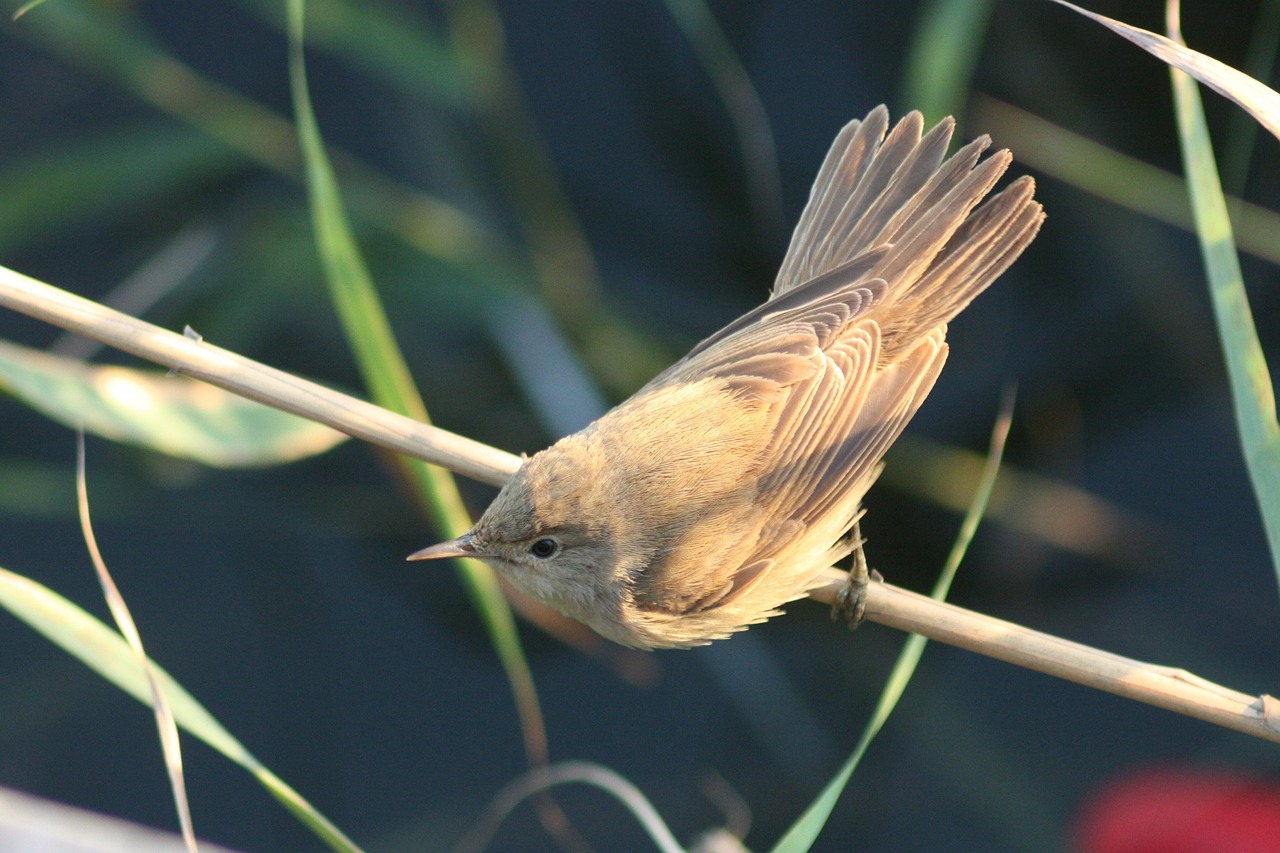Ungfågelrörelser hos rörsångare och sävsångare
DOI:
https://doi.org/10.34080/os.v5.23001Nyckelord:
ringmärkning, ringmärkningsåterfynd, habitatval, ungfågelspridningAbstract
We have studied post-fledging movements among Reed Warblers and Sedge Warblers by comparing recapture rates between three different ringing sites in South Central Sweden. The positions of these three sites forms a triangle with Kvismaren in the west, Essön in the north and Segersjö in the east. Each side of the triangle is approximately 10 kilometres. A canal connects Kvismaren and Segersjö enabling the birds to move in their natural habitat between these sites. Lake Kvismaren and Essön has no such connection. Segersjö and Essön are both situated at the southern shoreline of lake Hjälmaren but bays and peninsulas make the distance of the shoreline 26 kilometres long, i.e. 16 kilometres longer than the linear distance. We discuss different hypotheses that may explain the post-fledging dispersal. Our results indicate that there is a higher recapture rate of birds between Segersjö and Kvismaren than between Essön and Kvismaren. Both Reed and Sedge Warblers feed primarily in reed beds or similar habitats near water. This suggests that the post-fledging dispersal is an exploratory movement within the birds' main habitat rather than longer flights in random directions. The predominant direction of the dispersal might correspond to the general migratory direction.
Nedladdningar

Downloads
Publicerad
Referera så här
Nummer
Sektion
Licens
Författaren/författarna innehar copyright för varje enskilt bidrag, men samtliga bidrag är publicerade under en Creative Commons-licens, så att vem som helst kan dela och återanvända bidraget förutsatt att copyright-innehavaren erkänns.







